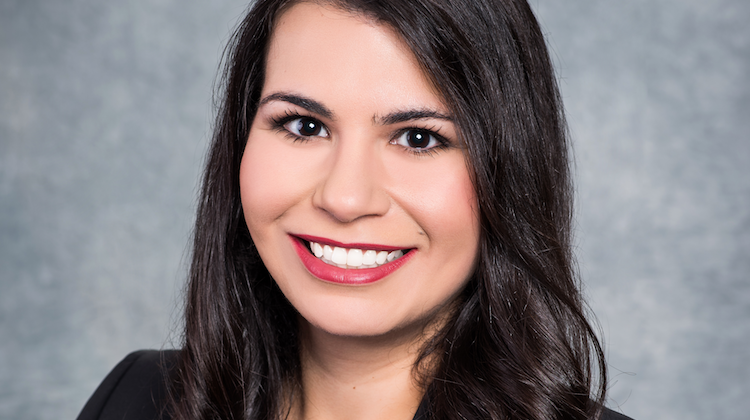Modern Marketing
‘We can’t expect execs to speak our language’: How Regions’ made social media a quantifiable part of the business
- Melissa Musgrove, head of social media at Regions Bank, talks about the challenges of advocating for social media initiatives when it was still a foreign concept to executives
- Social isn’t just about humanizing banks after the financial crisis; over the years marketing managers have become increasingly responsible for quantifying the ROI on social media initiatives








